Tufted Deer
- January 25, 2024
- 0 comment
The Tufted Deer (Elaphodus cephalophus) is a captivating and distinctive species found in the dense forests and mountainous regions of China and Myanmar. What sets them apart is the tuft of dark hair on their foreheads, resembling tiny horns, which gives them their name. With a reddish-brown coat adorned with white spots, Tufted Deer possesses excellent camouflage. They are relatively small in size, standing at an average of 55 to 75 centimeters and weighing between 20 to 30 kilograms.
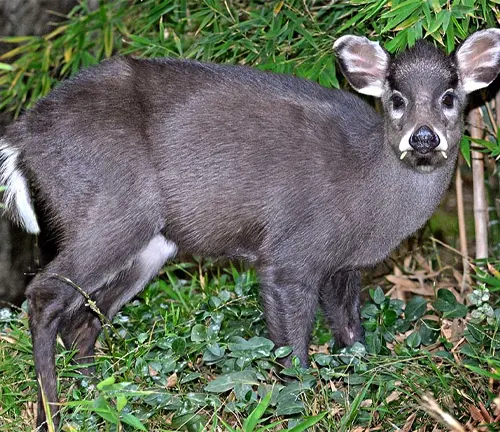
These elusive creatures are primarily solitary and crepuscular, meaning they are most active during dawn and dusk. Their diet consists of leaves, grass, and small plants, and they communicate through soft vocalizations and subtle body language. During the mating season in the fall, they form monogamous pairs to raise their single fawn. However, Tufted Deer face challenges due to habitat loss and poaching, making conservation efforts crucial to ensure their survival in the wild.
| Attribute | Description |
|---|---|
| Scientific Name | Elaphodus cephalophus |
| Habitat | Dense forests and mountainous regions of China and Myanmar |
| Distinctive Feature | Tuft of dark hair on the forehead resembling tiny horns |
| Coat Color | Reddish-brown with white spots |
| Average Height | 55 to 75 centimeters |
| Average Weight | 20 to 30 kilograms |
| Activity | Primarily crepuscular (active during dawn and dusk) |
| Diet | Leaves, grass, and small plants |
| Social Behavior | Solitary, with subtle communication through soft vocalizations and body language |
| Reproduction | Monogamous pairs during mating season, giving birth to a single fawn |
| Conservation Status | Facing challenges due to habitat loss and poaching, requiring conservation efforts for protection |
A Fascinating Species of the Animal Kingdom
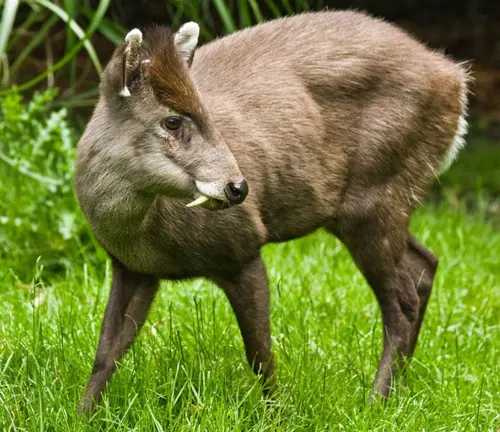
The animal kingdom is full of incredible creatures, each with its own unique features and adaptations. In this article, we will delve into the world of the Tufted Deer (Elaphodus cephalophus), an enigmatic and captivating species that roams the forests of Asia. Join us on this journey to discover the intriguing characteristics, behavior, and conservation status of the Tufted Deer.
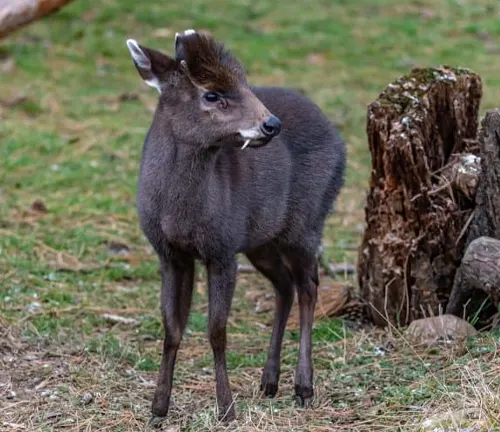
The Origins of the Tufted Deer
The Tufted Deer, scientifically known as Elaphodus cephalophus, belongs to the Cervidae family. These elusive creatures are native to the dense forests and mountainous regions of China and Myanmar. With their distinct appearance and behavior, they have earned a special place in the world of wildlife enthusiasts and researchers.
Physical Characteristics
One of the most striking features of the Tufted Deer is the tuft of dark hair on its forehead, which gives it its name. These tufts resemble tiny horns and are more pronounced in males than females. In addition to this unique facial adornment, Tufted Deer have a reddish-brown coat with white spots, providing them with excellent camouflage in their natural habitat.
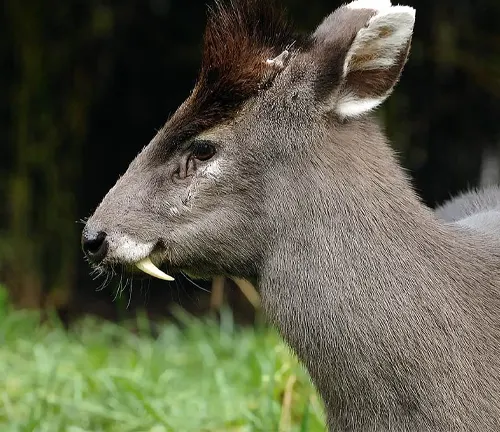
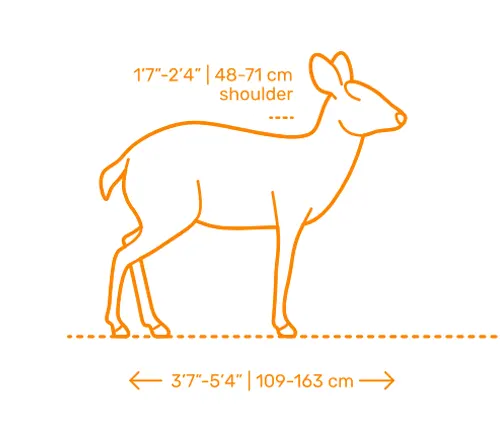
Size and Weight
On average, Tufted Deer measure about 55 to 75 centimeters in height and weigh between 20 to 30 kilograms. Their relatively small size makes them well-suited for navigating through dense vegetation.
Habits and Behavior
Tufted Deer are known for their solitary and secretive nature. They are primarily crepuscular, which means they are most active during dawn and dusk. This behavior helps them avoid predators while foraging for food, which consists of leaves, grass, and small plants.
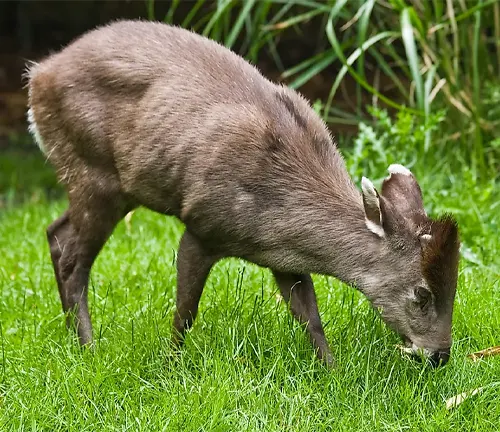
Communication
These deer communicate through soft vocalizations and body language. They are not known for their loud calls like some other deer species. Instead, they use subtle signals to convey their intentions and maintain social distance.
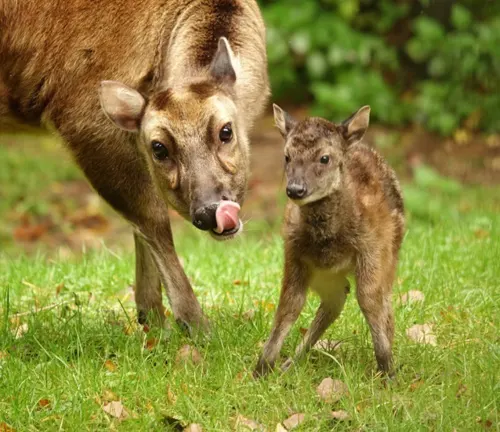
Reproduction and Family Life
During the mating season, which typically occurs in the fall, male Tufted Deer engage in displays of dominance to win the favor of females. Once a female chooses her mate, they form a monogamous pair for the breeding season. The female gives birth to a single fawn, and the parents take turns caring for and protecting their offspring.
Conservation Status
The Tufted Deer faces several challenges in the wild, primarily due to habitat loss and poaching. As their forest habitats are being increasingly encroached upon by human activities, their population is declining. Conservation efforts are underway to protect these unique creatures and their ecosystems.
Different Species
Himalayan Tufted Deer
(Elaphodus cephalophus cephalophus)
This subspecies is found in the Himalayan regions of Nepal, Bhutan, and northeastern India. It closely resembles the typical tufted deer but inhabits higher elevations.
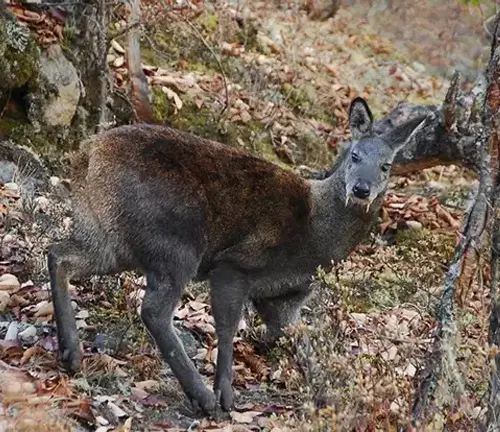
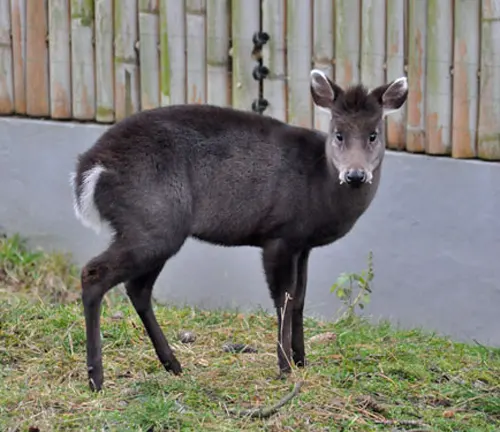
Chinese Tufted Deer
(Elaphodus cephalophus michianus)
Also known as the Michie’s Tufted Deer, this subspecies is native to central and eastern China. It is characterized by its distinctive tuft of hair on the forehead and is known for its solitary behavior.
Gongshan Tufted Deer
(Elaphodus cephalophus gongshanensis)
Found in the Gongshan county of Yunnan province in China, this subspecies is smaller in size compared to others and is adapted to the rugged terrain of its habitat.
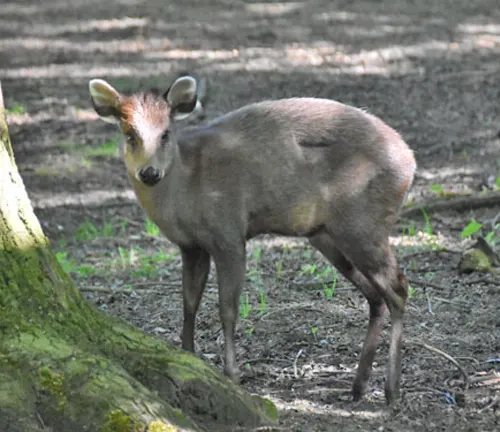
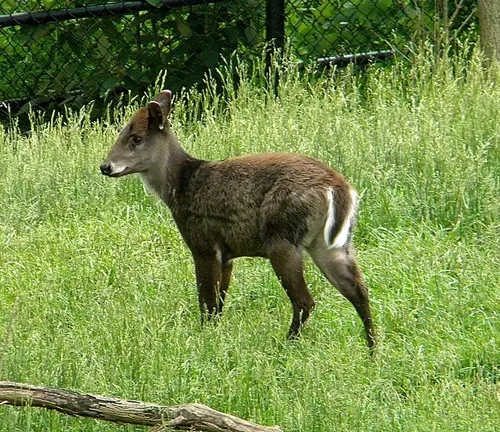
Burma Tufted Deer
(Elaphodus cephalophus burmanicus)
This subspecies is located in the forested areas of Myanmar and has slight variations in its coat color and size.
Frequently Asked Question (FAQs)
- What is a Tufted Deer?
A Tufted Deer (Elaphodus cephalophus) is a species of small deer known for the tuft of dark hair on its forehead, which resembles tiny horns. They are native to the forests and mountainous regions of China and Myanmar. - Where are Tufted Deer found in the wild?
Tufted Deer are found in the wild in the dense forests and mountainous areas of China and Myanmar. - What is the scientific name of the Tufted Deer?
The scientific name of the Tufted Deer is Elaphodus cephalophus. - Why are they called “Tufted” Deer?
They are called “Tufted” Deer because of the tuft of dark hair on their foreheads, which is more pronounced in males and resembles small horns. - How big do Tufted Deer typically grow?
Tufted Deer typically grow to an average height of 55 to 75 centimeters and weigh between 20 to 30 kilograms. - What do Tufted Deer eat in the wild?
In the wild, Tufted Deer primarily feed on leaves, grass, and small plants. - Are Tufted Deer social animals or solitary creatures?
Tufted Deer are solitary animals, preferring to lead a solitary lifestyle. - When is the mating season for Tufted Deer?
The mating season for Tufted Deer typically occurs in the fall. - What are the main threats to the survival of Tufted Deer in the wild?
The main threats to the survival of Tufted Deer in the wild include habitat loss due to human activities and poaching. - What is the conservation status of Tufted Deer?
While Tufted Deer are not currently classified as endangered, their population is declining, making conservation efforts crucial. - Do Tufted Deer have any natural predators?
Tufted Deer may face natural predators such as leopards, tigers, and dholes (wild dogs). - How do Tufted Deer communicate with each other?
Tufted Deer communicate through soft vocalizations and subtle body language, rather than loud calls. - Are Tufted Deer kept in captivity in zoos or wildlife reserves?
Yes, Tufted Deer are sometimes kept in captivity in zoos and wildlife reserves for conservation and educational purposes. - What is the lifespan of Tufted Deer in the wild?
In the wild, Tufted Deer have an average lifespan of around 10 to 12 years. - Do Tufted Deer exhibit any unique behaviors or adaptations?
Tufted Deer are known for their crepuscular behavior, being most active during dawn and dusk, which helps them avoid predators. - Are there any cultural or mythological significance associated with Tufted Deer in their native regions?
In some native cultures, Tufted Deer may hold cultural or mythological significance, but it varies by region. - What role do Tufted Deer play in their ecosystems?
Tufted Deer play a role in shaping their ecosystems by influencing plant populations through their feeding habits. - What are the efforts being made for the conservation of Tufted Deer?
Conservation efforts for Tufted Deer include habitat protection and raising awareness about the species’ importance. - Are there any interesting facts or trivia about Tufted Deer?
Tufted Deer are one of the few deer species where both males and females have small antler-like tusks, but they are not used for combat.


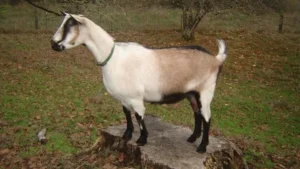
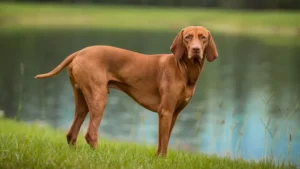


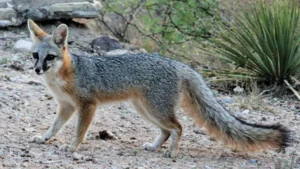
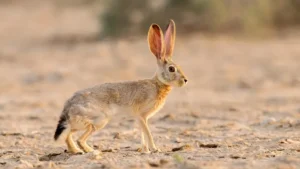
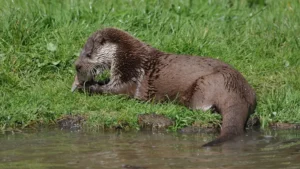



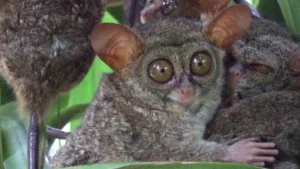
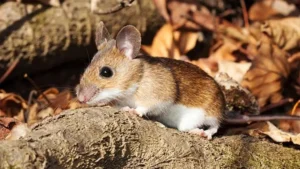
Leave your comment